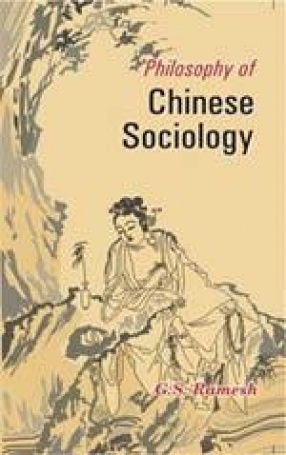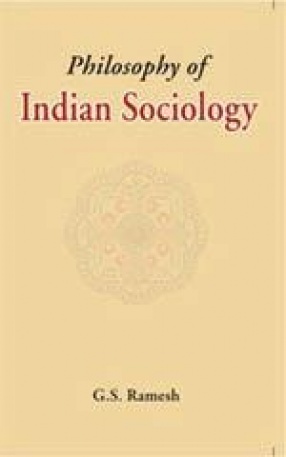
Showing all 2 books



This book is a critical examination of the Chinese sectarian conflict and consensus from the beginning of philosophical synthesis to neo-Confucian era. Intellectual creativity is driven by opposition. Philosophical positions develop by taking one another as foils. The attention space is shaped by arguments, not by resolutions. It is when the oppositions come to an end, when Chinese philosophy settles into a period of hegemonic consensus, that creativity freezes. ...

This book deals with a critical examination of socio-sectarian nature of Indian philosophical movement. Here we look first at the outer layer of causality, the historical patterns of Indian state formation; then the rise and fall of religions tied in different ways to political and economic patronage; and finally the rise and fall of factional oppositions within the intellectual attention space which shaped the contents of future philosophical developments.
